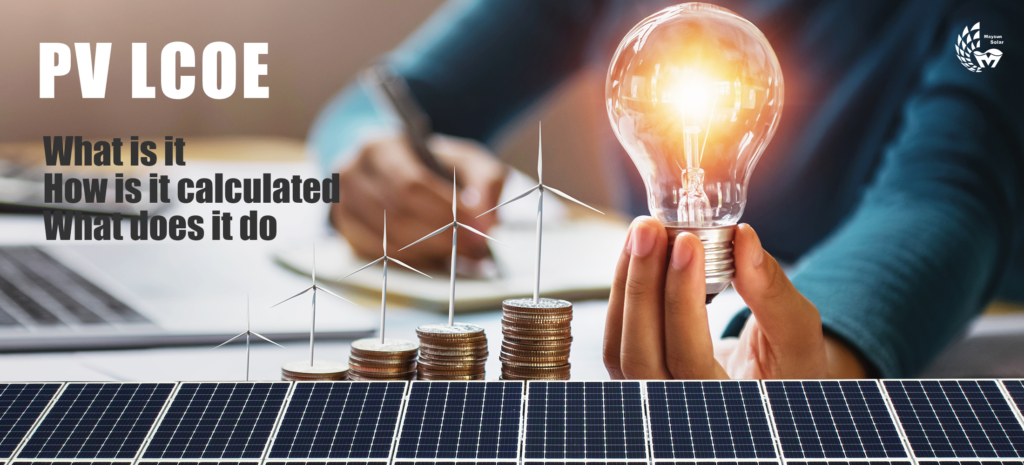When we look at information about photovoltaics, the term “lower LCOE” often comes up. Whether it’s industry news or product advertising, “lower LCOE” seems to be a topic that can’t be avoided. So, what is LCOE, how is it calculated, and what does it do? Read this article and you will get a more comprehensive understanding.
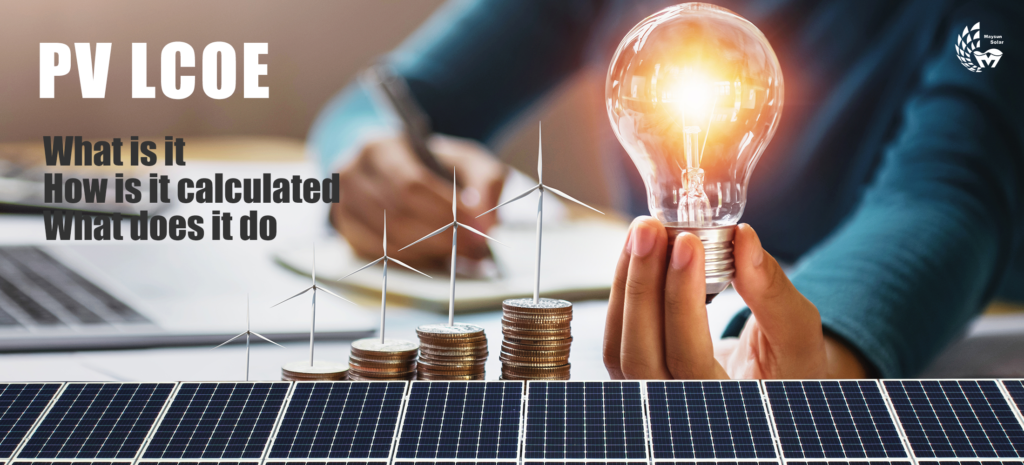
1. What is LCOE?
LCOE is the abbreviation of “Levelized Cost of Energy”, which means levelized cost of energy (generation). It was first proposed by the National Renewable Energy Laboratory (NREL) in 1995. It is a value calculated by levelizing the cost and generation over the life of the project. The LCOE is usually expressed in euros per kilowatt-hour (€/kWh), which indicates how much money the project costs to produce each kilowatt-hour of electricity.
The LCOE is a quantitative economic indicator that can be used to calculate the cost of electricity for any type of renewable energy project. In recent years, due to the development of new energy sources, LCOE is often used to compare and evaluate the combined economic benefits of renewable energy generation with conventional generation methods. The calculation of the cost of electricity generation may differ for different energy sources, and the LCOE discussed in this paper is only for photovoltaic power generation.
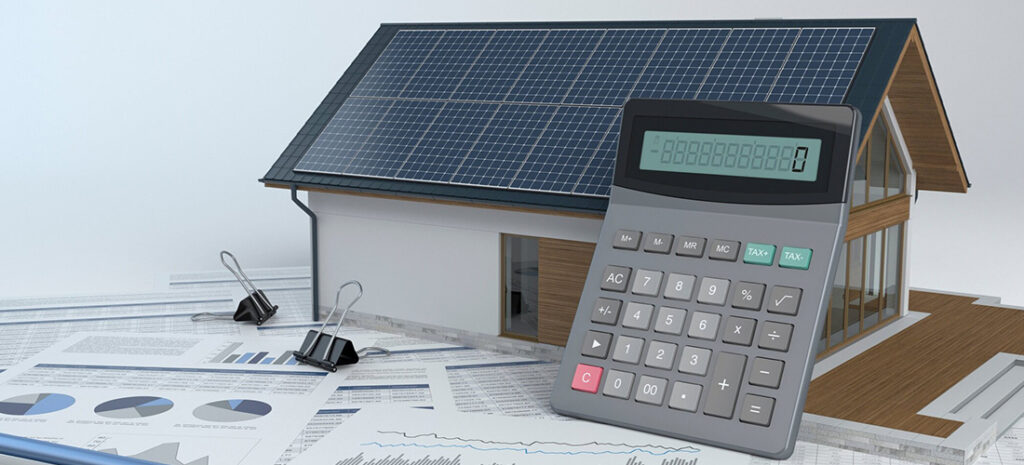
2. How is PV LCOE calculated?
The simple LCOE calculation formula is:

This formula may seem simple, but it is quite complex to arrive at a relatively accurate value. It involves the evaluation and weighting of various factors affecting the cost of power generation, as well as the forecasting of future generation, which are not easy to do. Therefore, we need a relatively complex formula:
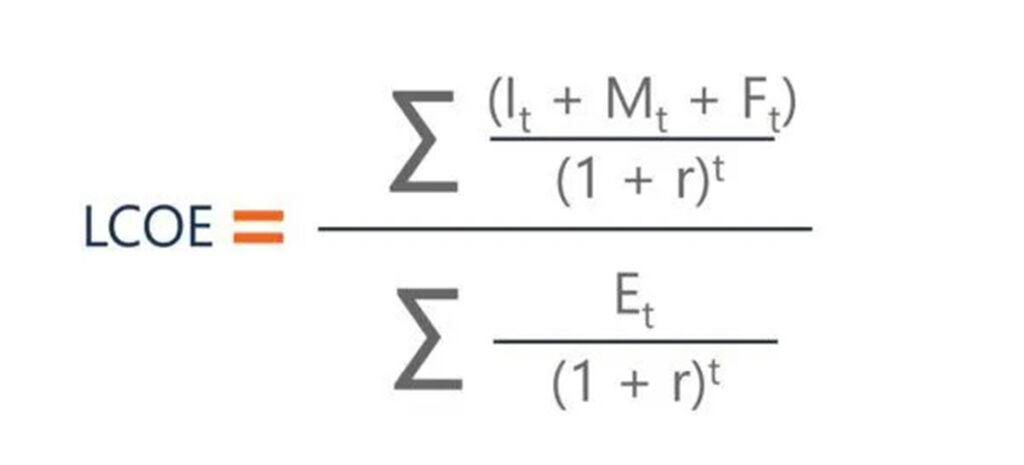
The total cost associated with the project usually includes the following three factors, but is not limited to them; individual projects may have other costs, such as financing costs.
- Initial cost of PV system investment: This includes all costs of PV modules, mounts, inverters, cables, construction fees, grid access fees, etc., before the PV system begins to generate electricity.
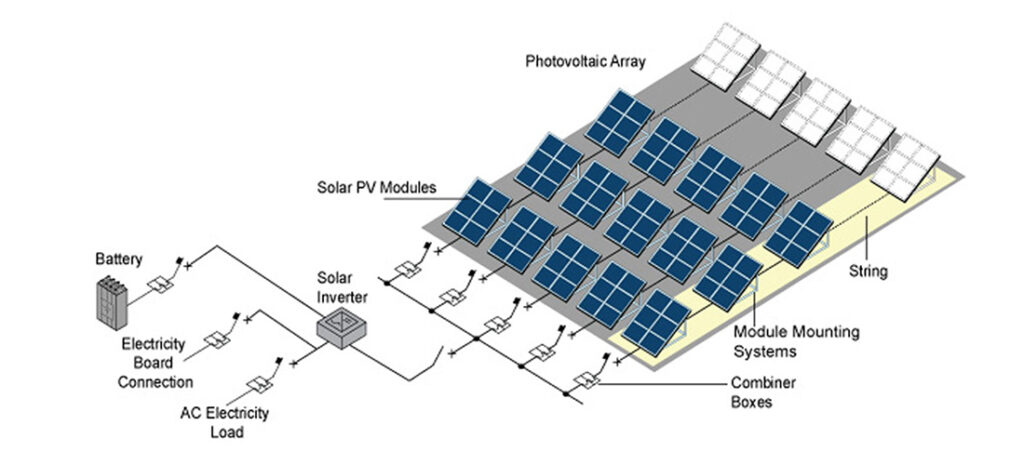
(M) Maintenance and operation expenses: including variable expenses such as module cleaning, spare parts replacement, inverter phase-out and upgrade.
(F) Investment cost of supporting energy storage: PV power generation is unstable and requires supporting energy storage batteries to do the transfer. More and more countries make energy storage supporting as a necessary condition for the development of new energy projects. This is an investment cost that cannot be ignored.
The sum of all power generation over the project life cycle (E) = Installed capacity x Equivalent utilization hours x System efficiency x (1 – cumulative decay rate), where equivalent utilization hours can be estimated based on the local average annual sunshine hours and system efficiency is usually calculated at 80% of market acceptance.
There are two other important factors to consider: (r) system degradation rate and (t) system lifetime.
The degradation of PV modules will lead to the reduction of system power generation. The decay commitment of mainstream module manufacturers in the market today is no higher than 10% in 10 years and no higher than 20% in 25 years. Although some products have a power guarantee of 85.5% for 25 years, such as Maysun Solar, we usually set (t) at 25 years and (r) at 0.8% for conservative calculations.
Currently, most countries in Europe have relevant tax incentives or subsidies for PV and energy storage projects. They can greatly reduce your investment cost and project LCOE. Currently, most countries in Europe have relevant tax incentives or subsidies for PV and energy storage projects. You can consult your local electricity and tax authorities to get the corresponding “bonus” and calculate your own LCOE.
3. What does LCOE do?
LCOE, as a core concept in clean power costing, can truly reflect the economics of various technology options under different energy sources and products. It reasonably eliminates the differences in initial investment and generation capacity of different generation technologies, and to a certain extent the impact of various financial and tax differences. Therefore, LCOE is often used to compare and evaluate the overall economic efficiency of renewable energy generation (photovoltaic, wind, bioenergy, geothermal, etc.) with traditional generation methods (coal-fired, natural gas, large hydroelectric power plants, etc.), which has strong practical significance.

Specifically for PV LCOE, it allows you to compare the cost of electricity of two different PV systems side by side, thus enabling you to see which one saves you more money on your electricity bill. For example, the LCOE of one system might be 0.037€/kWh, while the LCOE of another system might be 0.045€/kWh.
You can also use it to compare the cost of electricity generated by a PV system with the cost of electricity generated by conventional energy sources such as natural gas/coal. With the increase of CO₂ prices in Europe, the LCOE of renewable energy sources, especially PV, has become much lower than the LCOE of conventional energy sources, making it the cheapest source of electricity.
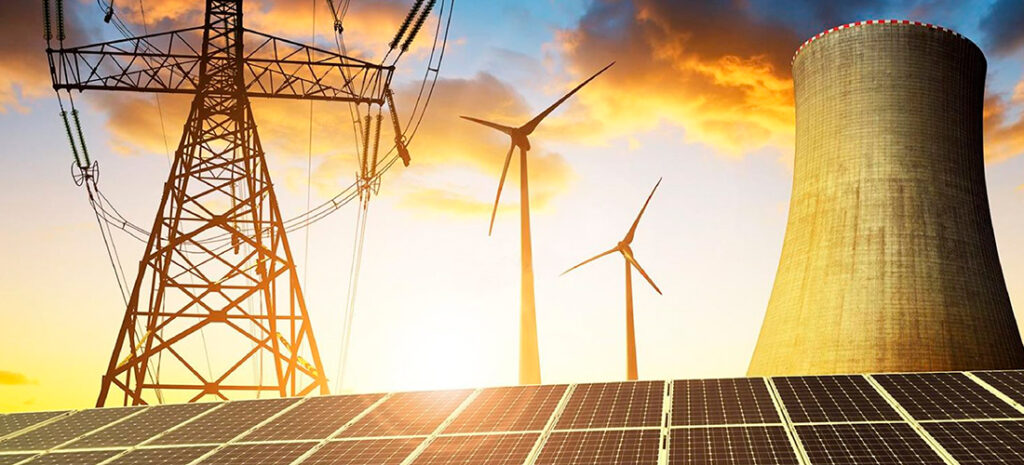
4. How to reduce the PV LCOE
Reduce LCOE, is the eternal theme of every PV practitioner. With the advancement of technology, the power generation efficiency of PV modules is also improving year by year, the emergence of micro-inverters and trackable brackets have further improved the overall efficiency of PV systems.
Maysun Solar always aims to design and produce cost-effective module products. Low attenuation, high lifetime and high efficiency are the characteristics of our products, interested parties can contact us to learn more.

